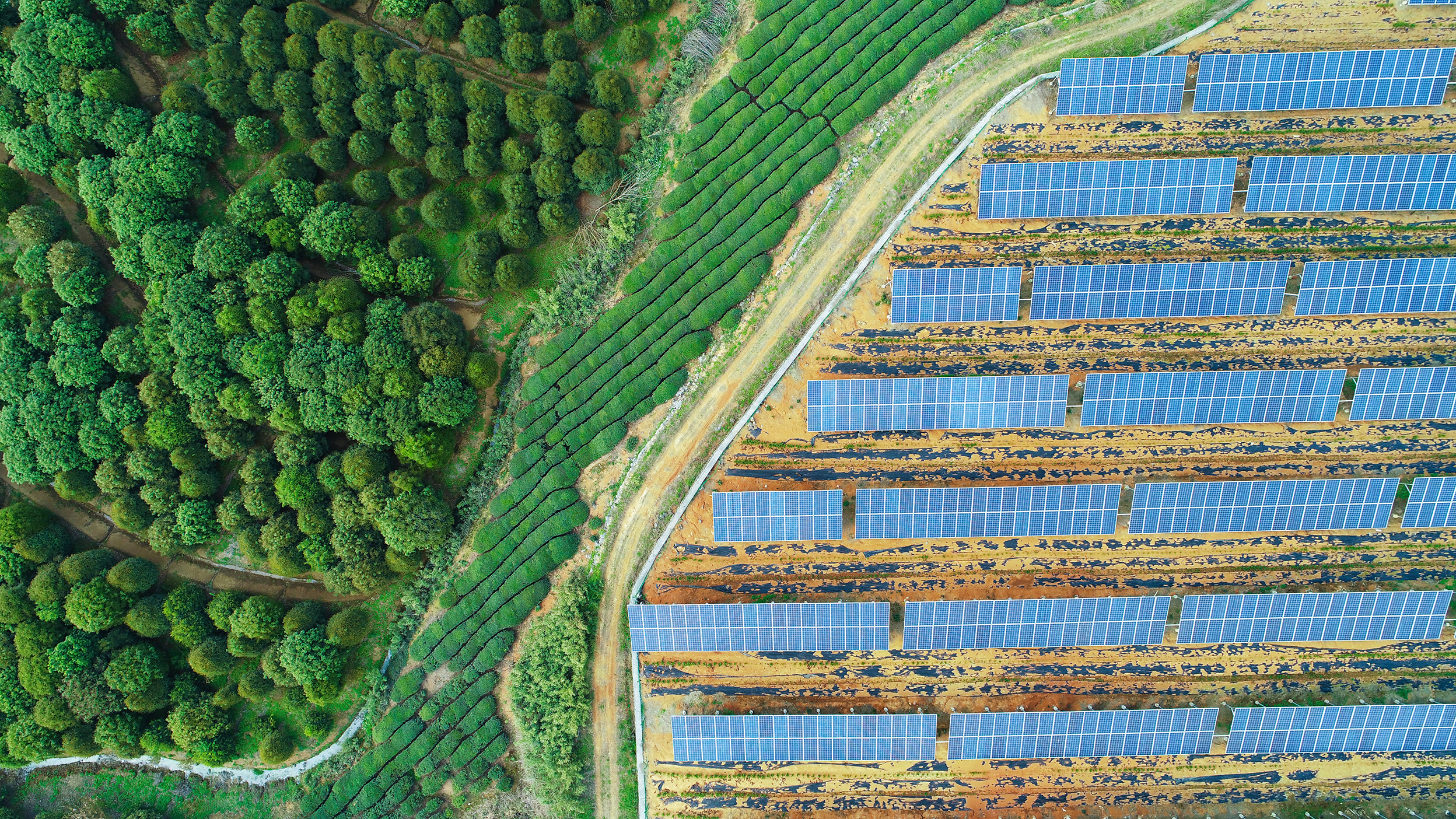That sort of temperature change would likely have a dramatic effect upon weather patterns. Previous UN reports suggest that such temperature changes could bring large increases in climate related deaths and migration flows that could run into the hundreds of millions.
Some regions such as low-lying coastal areas will simply become uninhabitable. To imagine the wide-ranging potential effects, consider that most financial centres like New York, London, Tokyo and Hong Kong are in coastal areas.
As examples of the implications of temperature gains of 2-4°C, the Stern Review (2006) estimated that extreme weather events could cost up to 0.5%-1.0% of annual global GDP, up from 0.1% in 2005. A permanent GDP loss of 3% could be possible if temperatures rise by 2-3°C and if they exceed 5% the loss could be up to 10%.
Investing in mitigation strategies
However, it doesn’t have to be that bad. Large investments are already being made to mitigate climate change. For example, more than 40% of electricity in Germany and the UK comes from renewable sources.
Technology will be key, and Figure 2 shows one way of looking at how rapidly things are evolving. If we are to reduce CO2 emissions while allowing for incomes and population to rise, we need to reduce the CO2 intensity of economic activity.
This has been happening, but a continuation of recent trends leads to the 3.9°C temperature change prediction. We need to accelerate technological innovation, to “bend downwards” those CO2 intensity curves.
The optimistic scenario in Figure 1 effectively assumes a doubling of the rate of decline in CO2 intensity and reduces the projected temperature change by 2100 to 3.2°C (versus the 1850-1900 average).
That is still not great but, importantly, it gives the hope that changes beyond 2100 would be more dramatic versus the “recent trends” path. Remember, what we do today will not have its full effect for around 100 years.





